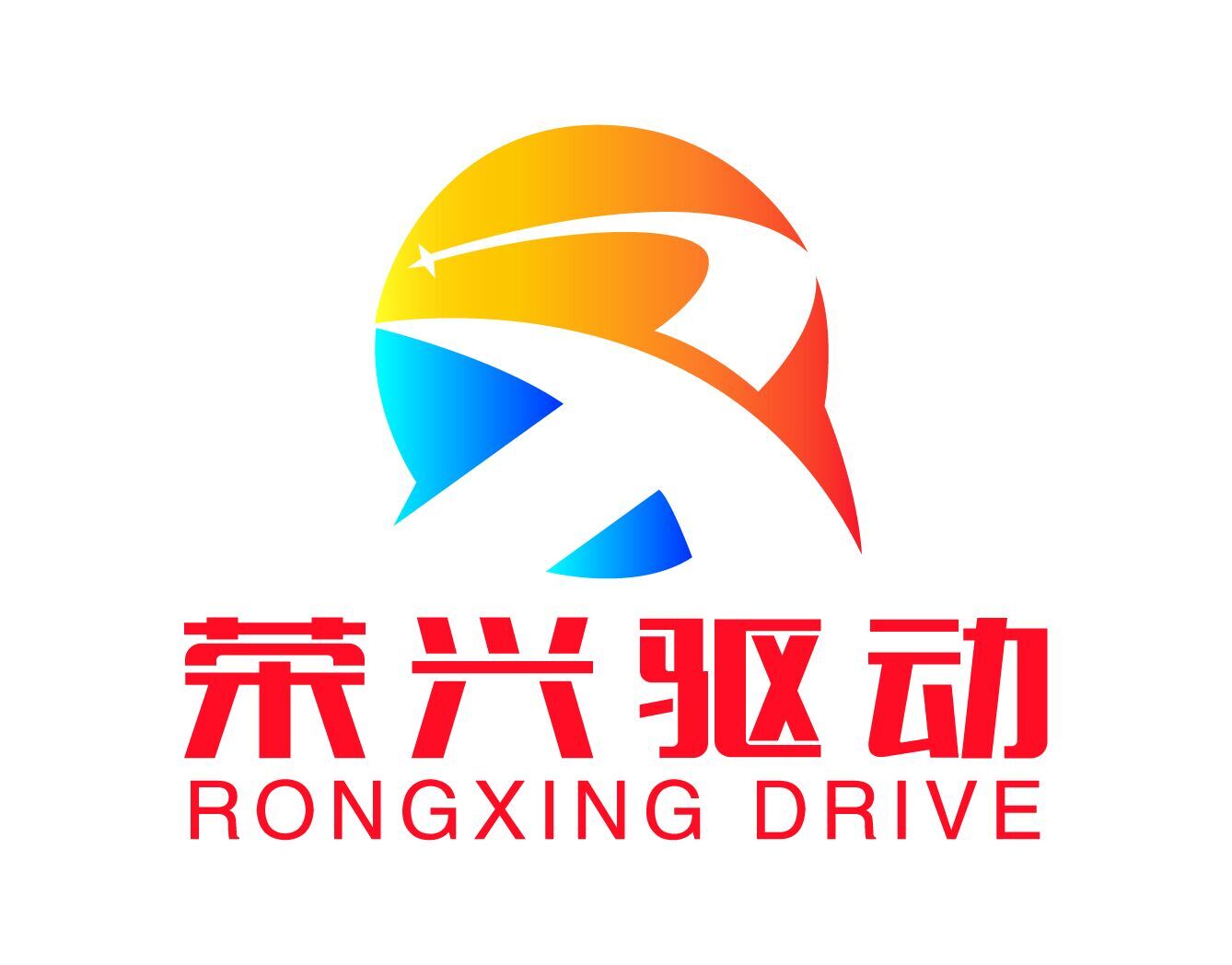NEWS
In the mass production process of SWC universal coupling, if the processing problem of flange fork head is encountered, the fork head is a cast steel part, and each outer circle and flange end face need to be processed. When rotating, there is no problem in clamping the fork head at the flange end, but when rotating the flange, there is no way to install the fixture. The lathe four-jaw single-action chuck can only use two claws and cannot be clamped. Considering the welding process gripper, a simple and easy method is proposed because of large batch, large waste and difficult tooling design. The forks are stacked together to ensure equal gaps between the forks. After the fork head is basically aligned and without deviation, the four solder joints are welded into a whole. In this way, the flanges at both ends can be clamped and injected respectively, and the machined surface can be easily machined.
After long-term use, the universal coupling will produce the active connection part is not too flexible, rust and dull phenomenon. This will have a certain impact on the production efficiency of the universal coupling and lead to a lower output. Therefore, it is necessary to add lubricant to the universal coupling to ensure the normal operation of the universal coupling during use.
However, when adding lubricant to the universal coupling, some unknown workers will use butter as lubricant, but the butter will not be lubricated. The main reason why butter can not be used as a lubricant is that the fluidity of butter is not very good at room temperature, and the needle can only rotate in place when working, and can not play any role in the universal coupling.
When adding lubricant to universal coupling, which one should be selected? The suggestion here is that gear oil should be added to the general purpose coupling.
Before the positive universal coupling, it is necessary to measure and calculate it, and analyze the deviation of the universal coupling in order to better complete the positive work. The following is a brief introduction to the commonly used measurement methods.
1. Use the Angle gauge and feeler ruler to measure the radial deviation of all sides of the outer circle of the universal coupling, and then use the feeler ruler to measure the axial clearance deviation between the end faces of the two half couplings. Through analysis and adjustment, the alignment is realized.
2. Center card and feeler are used for measurement. Since there is no uniform specification for the center card, it needs to be made by itself. It can measure the radial clearance and axial clearance of the universal coupling at the same time, with simple operation and high measurement accuracy. 3. The measurement method of the dial indicator is based on the special fixture installed on the half coupling, and then the clearance and axial clearance deviation are measured with the dial indicator. This method can greatly improve the measurement accuracy.
The above are several commonly used centering methods, I hope to help you.
According to the general purpose coupling manufacturer, they need to name each coupling after it is produced. When naming coupling, it is not just a name, but has certain principles. They need to name the coupling according to this principle so that the user can understand the performance characteristics of the coupling through the name.
Coupling naming requirements scientific and accuracy principle, coupling name requirements brief, easy for users to remember, so that the user next use of the coupling name and performance have a general understanding. When naming a coupling according to its structural characteristics, it is necessary to distinguish it from similar couplings, and the key structural characteristics should be reflected in the naming of the product. Some coupling manufacturers prefer to follow the coupling parts
Awesome! Share to:

Address
